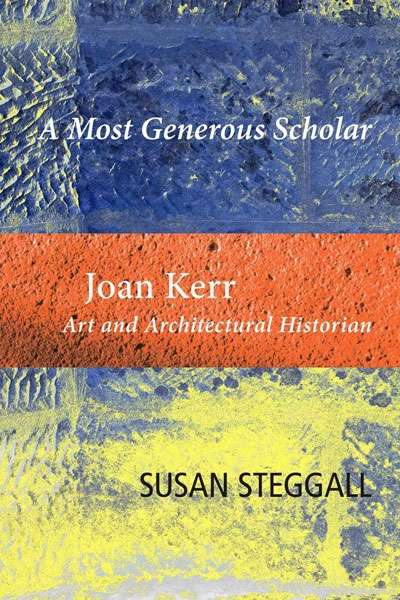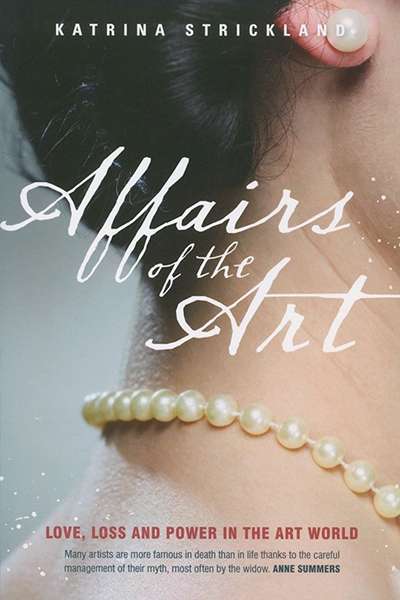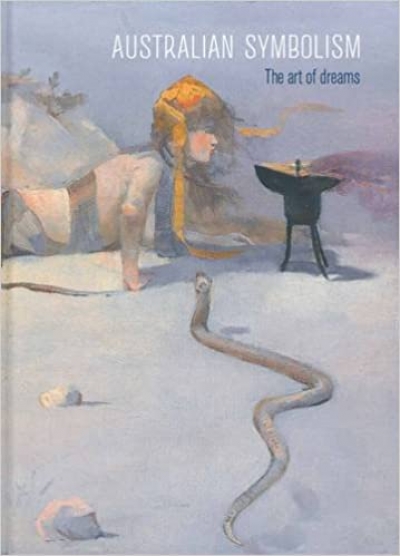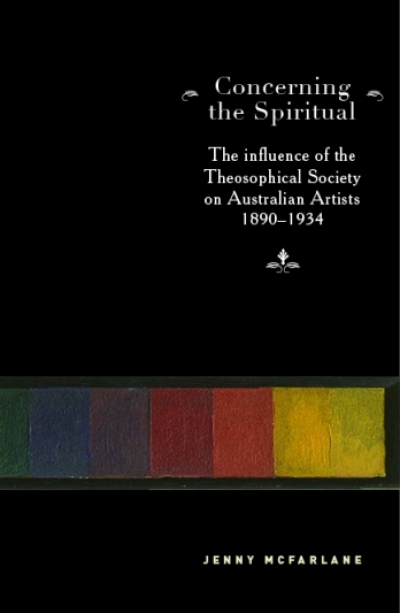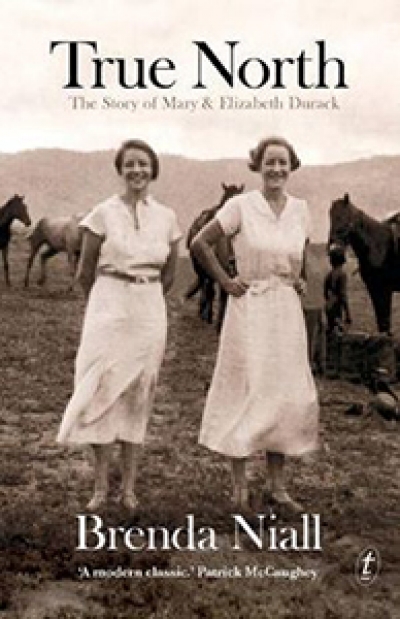Australian Art
A Most Generous Scholar: Joan Kerr: Art and Architectural Historian by Susan Steggall
by Sheridan Palmer •
Australian Symbolism by Denise Mimmocchi & Van Gogh to Kandinsky by Richard Thomson, Frances Fowle, and Rodolphe Rapetti
by Jane Clark •
Australian Art and Artists in London, 1950–1965: An Antipodean Summer by Simon Pierse
by Sarah Scott •
Contemporary Australian Drawing #1 by Janet McKenzie, with Irene Barberis and Christopher Heathcote
by Justin Clemens •
Dogs in Australian Art: A New History in Antipodean Creativity by Steven Miller
by Stella Gray •
Concerning the Spiritual: The influence of the Theosophical Society on Australian Artists 1890–1934 by Jenny McFarlane
by Steven Miller •
True North: The story of Mary and Elizabeth Durack by Brenda Niall
by Susan Sheridan •

